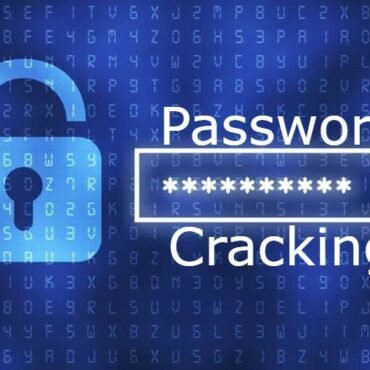Introduction
While modern systems mostly use SATA and NVMe drives, forensic investigators often encounter legacy storage devices like PATA (IDE) drives in older computers and servers. These drives may hold critical digital evidence in cases involving corporate fraud, archival data, or even cybercrime investigations.
The Tableau TX1 Forensic Imager, a powerful and versatile tool, supports both modern and legacy interfaces, including PATA/IDE. This makes it invaluable for extracting forensic images while ensuring write-block protection and evidence integrity.
This blog will explain what a PATA drive is, how to identify it, its types, and the steps to safely create a forensic image using the Tableau TX1.
What is a PATA (IDE) Drive?
A PATA (Parallel ATA) drive, also known as an IDE (Integrated Drive Electronics) drive, is a legacy hard disk technology that was widely used before the introduction of SATA. It transfers data in parallel (multiple bits simultaneously) rather than serially, making it slower and bulkier compared to modern drives.
Key points about PATA drives:
-
Introduced in the 1980s and phased out by the mid-2000s.
-
Uses a 40-pin ribbon cable for data transfer.
-
Requires a separate 4-pin Molex connector for power.
-
Typically found in older desktops, servers, and legacy systems.

How to Identify a PATA (IDE) Drive
To identify a PATA drive, look for:
-
Data Connector: A wide 40-pin connector with a flat ribbon cable (older models may use 44 pins in laptops).
-
Power Connector: A 4-pin Molex power connector.
-
Jumper Pins: Small pins on the back to configure settings like Master, Slave, or Cable Select (CS).
-
Physical Size: Usually 3.5-inch drives for desktops and 2.5-inch drives for older laptops.
Types of PATA (IDE) Drives
PATA drives evolved with increasing data transfer rates:
-
ATA-33: Early version with 33 MB/s transfer speed.
-
ATA-66 / ATA-100 / ATA-133: Faster generations with higher speeds.
-
2.5-inch IDE Drives: Compact versions found in older laptops.
-
3.5-inch IDE Drives: Larger desktop drives, most commonly encountered in forensic cases.
Introduction to Tableau TX1 Forensic Imager
The Tableau TX1 is an industry-standard forensic imaging device supporting SATA, PATA/IDE, USB, SAS, PCIe, and NVMe interfaces. It ensures that data is acquired in a write-blocked manner, meaning the original evidence is never altered during acquisition.
How to Connect a PATA (IDE) Drive to Tableau TX1
-
Gather the Cables:
-
A 40-pin IDE ribbon cable.
-
A Molex power cable (provided with TX1 accessories).
-
Tableau TX1 IDE adapter, if required.
-
Set Jumper Settings:
-
Connect the Data Cable:
-
Connect the Power Cable:
-
Power On TX1:
-
Once all connections are secure, power on the TX1.
-
The drive should be automatically detected and listed on the TX1 screen.
How to Create a Forensic Image Using Tableau TX1
-
Select Source Drive:
-
Set Destination Drive or Storage:
-
Choose Imaging Format:
-
TX1 supports E01 (EnCase Evidence File), Ex01, and RAW (DD) formats.
-
Select the one suitable for your investigation.
-
Configure Imaging Options:
-
Enable hashing (MD5, SHA-1, or SHA-256) for authentication.
-
Set compression level if using E01/Ex01.
-
Start Imaging:
-
Verify Integrity:
Why Use Tableau TX1 for PATA Drive Imaging?
-
Legacy Support: Handles older drives still found in evidence.
-
Write-Blocking: Ensures forensic soundness of the process.
-
Multi-Interface Support: Works with IDE, SATA, SAS, NVMe, and more.
-
Automated Hashing: Provides authenticity for court admissibility.
Conclusion
Although PATA (IDE) drives are rare in today’s world, forensic investigators still encounter them in legacy systems, archives, or cold cases. Using the Tableau TX1 Forensic Imager, experts can safely acquire data from these drives while preserving evidence integrity.
By understanding how to identify, connect, and image a PATA drive, forensic professionals can unlock valuable digital evidence—even from decades-old hardware.





Post comments (0)